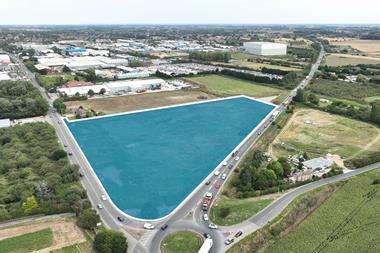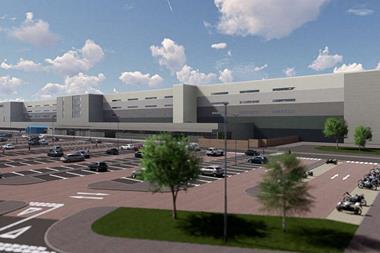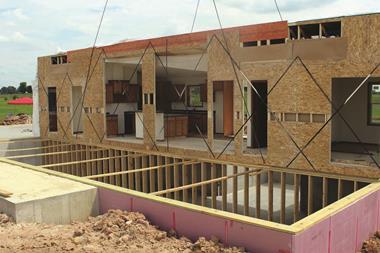The pandemic has brought a sudden shift in lifestyles and working patterns, creating a surge in demand for data centres, which support a diverse mix of critical activities, including London’s high-tech and services sectors as well as ecommerce, Internet of Things, remote working and home streaming services.

At the height of lockdown, providers were reporting a leap in traffic across their networks of around 30-40% in a matter of days – an increase they would typically expect to see over the course of a year.
Slough Trading Estate is the largest industrial estate in Europe under single ownership and it is home to more than 350 businesses and 10,000 workers. It is also one of the largest data centre clusters in the world.
Over the past decade, we have worked to deliver around 2m sq ft of data storage space in what is an optimum location on the edge of London and on the high-speed fibre line connecting into the City of London.
However, there are few locations that have these fundamental characteristics for successful data centre locations. This suggests one of the challenges for the industry will be to intensify land use and blend data centres into mixed-use estates.

The need to intensify data centres is also a consequence of limited land supply in areas where both the fibre and power are available.
Our Slough Trading Estate benefits from a Simplified Planning Zone, which gives us flexibility to develop space within set parameters. This has been crucial in enabling us to respond quickly to the rapid rise in demand for data centres and deliver the type of space formats modern occupiers need. Elsewhere, it will be interesting to see if proposed planning reforms lead to a more flexible policy approach to accelerate the delivery of data centres to meet local and national need.
Multi-storey data centres will become increasingly commonplace in core locations as operators recognise that space is at a premium and developers seek to intensify land use where the fibre infrastructure is in place and power is available.
Data centre facilities have an added benefit in that they generate very limited traffic movements and do not require multiple access, egress points or yard space, so they can be integrated into estates and densely clustered. They are modern buildings, with office frontages, so their architecture can blend effectively into mixed-use environments.
In addition, they create little noise or disturbance and are generally a ‘good neighbour’ for other businesses, enabling us to curate the right mix to sustain footfall.
James Craddock is business unit director, Thames Valley, at SEGRO
































No comments yet